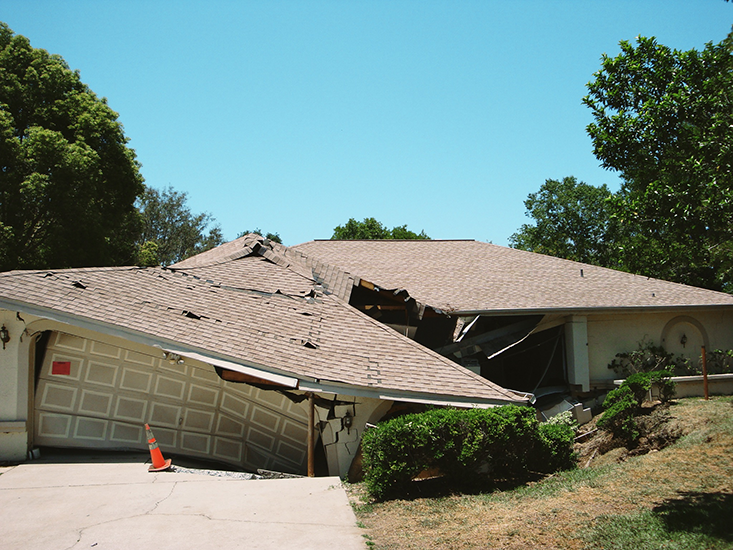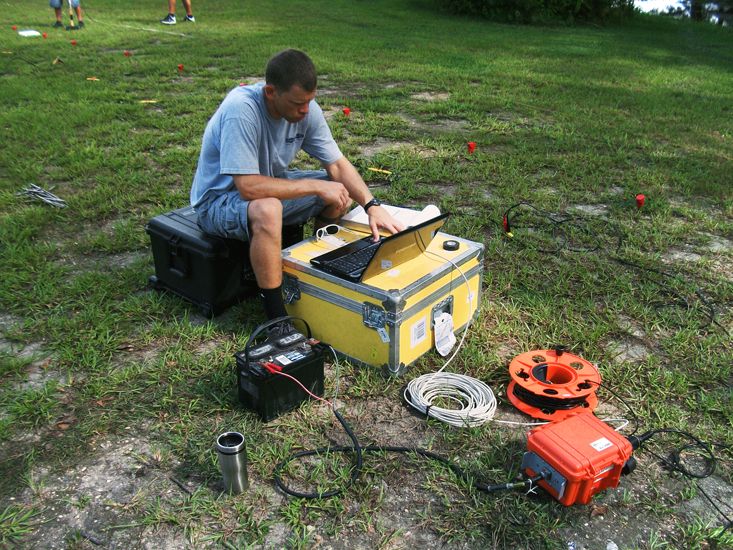Sinkhole Hunters: Florida's Ongoing Battle with Nature's Pits
Written on
The ongoing struggle with sinkholes in Florida is a story of nature and human ambition colliding. In the heart of Gainesville, a seasoned team of geologists known as Geohazards is always on call. Their latest assignment brings them to Bill Baxter’s home, an idyllic farmhouse surrounded by lush greenery and cypress trees, where the threat of a sinkhole looms large.
Last May, Baxter witnessed a terrifying event: his horse, Abbot, stumbled into a newly formed hole in his yard. Alarmed by the growing void near his home, he contacted the experts. The men from Geohazards arrived to evaluate the situation, armed with cutting-edge technology to uncover the hidden dangers below.
Florida is notorious for its sinkholes, particularly in a region dubbed Sinkhole Alley. The state’s unique geological makeup, characterized by karst terrain, is susceptible to these ground collapses. Heavy rains and extensive development have exacerbated the issue, leading to a rapid increase in sinkhole incidents. Jon Arthur, the state geologist, reports a significant rise in claims since 2006, with thousands of sinkholes reported annually.
The Geohazards team faces not only the unpredictable forces of nature but also the relentless expansion of urban development. This ongoing growth, with Florida gaining almost 300,000 residents in a single year, places additional strain on the delicate aquifer system beneath the surface. Arthur warns that as more land is converted for human use, the likelihood of sinkholes increases.
As the team assessed Baxter’s property, they were acutely aware of the challenges ahead. Predicting the timing and location of sinkhole events is notoriously difficult. “It could be hundreds of years or just a week away,” said Anthony Randazzo, a co-founder of Geohazards.
The team uses advanced techniques like ground-penetrating radar and electrical resistivity to map the subsurface conditions. While the radar provides a detailed view of shallow anomalies, electrical methods can probe deeper, revealing potential sinkhole cavities. Their investigations often lead to evacuations when immediate dangers are detected.
Despite these efforts, the threat of sinkholes remains a constant for Florida residents. The state’s geology makes it particularly vulnerable, with its limestone bedrock susceptible to erosion from heavy rainfall. This situation is compounded by the extensive use of impermeable surfaces, which alters natural water flow and can lead to sudden sinkhole formations.
Historical events highlight the severity of the issue. In 1981, a massive sinkhole in Winter Park devoured homes and vehicles, leading to significant property damage. Such occurrences are a reminder of the precarious balance between development and nature in Florida.
As new technologies emerge, such as NASA’s radar monitoring of ground movements, scientists continue to seek better methods to predict sinkholes. Simulations at the University of Central Florida also aim to improve understanding of sinkhole dynamics.
However, not all cases have happy endings. In 2013, a sinkhole tragically claimed the life of a man in Seffner, underscoring the unpredictable nature of these geological events.
Across the nation, the phenomenon isn’t limited to Florida. Sinkholes have caused havoc in other regions, such as the Corvette Museum in Kentucky, where a sudden collapse swallowed multiple classic cars.
In Florida, the relentless pace of development continues to pose challenges. Geologists warn that as more land is built upon, the risk of sinkholes increases, and the need for vigilant monitoring becomes paramount. The Geohazards team remains on standby, ready to tackle the next challenge posed by the land beneath Florida’s surface.
Back at Baxter's ranch, the immediate threat has been mitigated; Geohazards found no additional cavities. Nevertheless, the specter of sinkholes lingers, and residents like Baxter remain watchful. He filled the hole with sand, but he knows that the ground's unpredictability means he must keep a close eye on his property.
In the world of sinkholes, the balance between nature and human development is fragile, and the work of geologists is far from over.




David Kushner is an accomplished author and contributing editor at Rolling Stone.